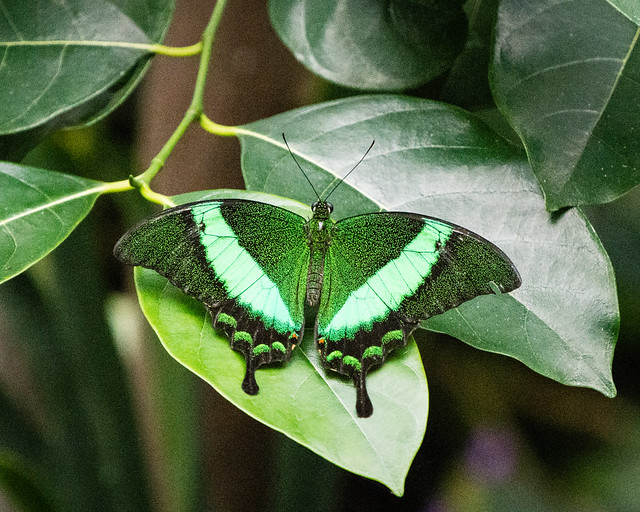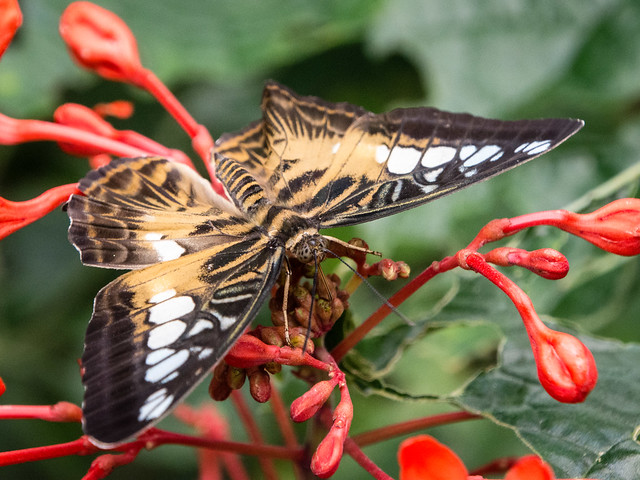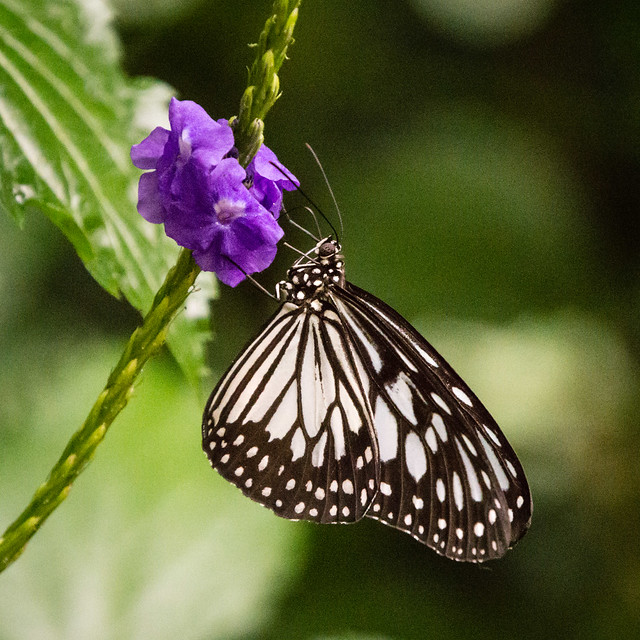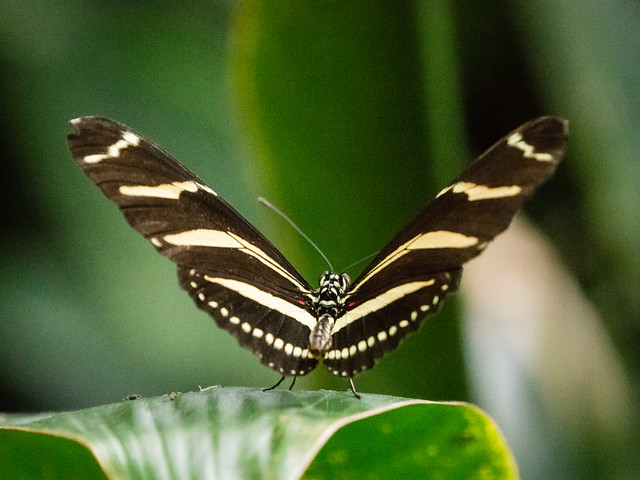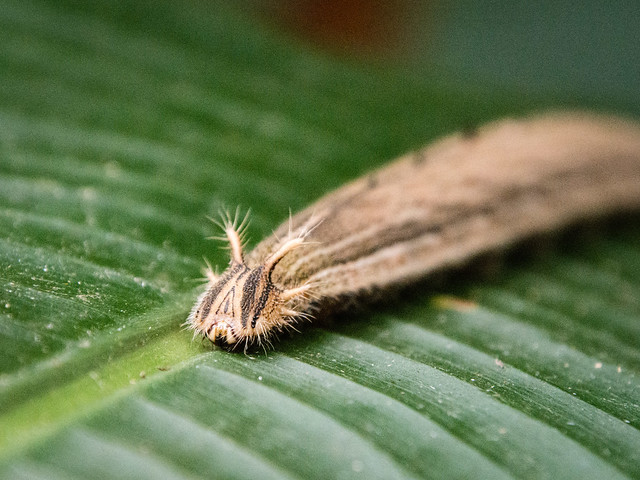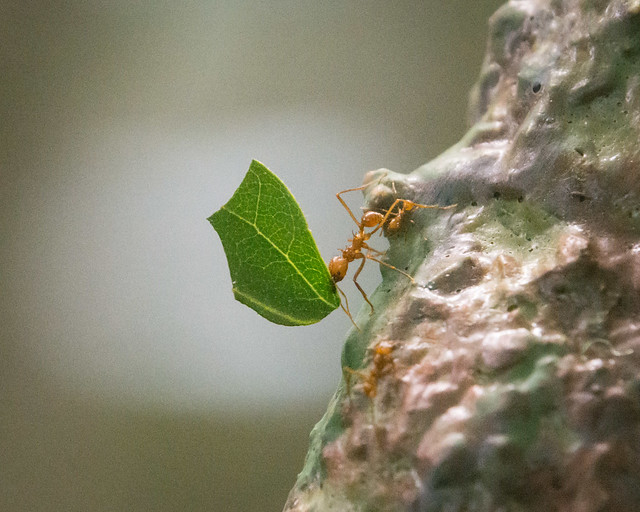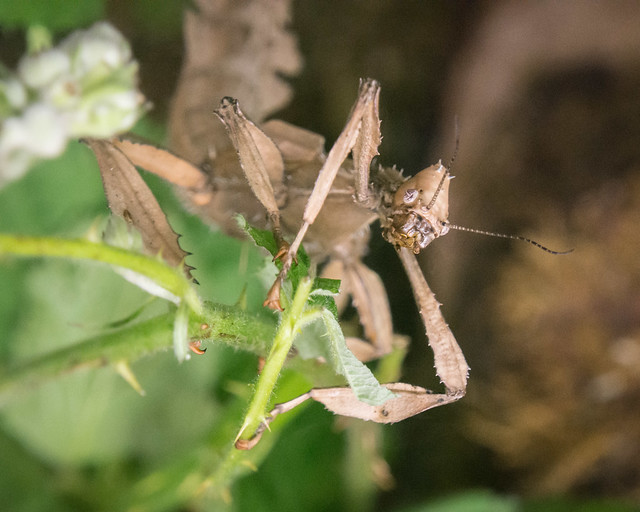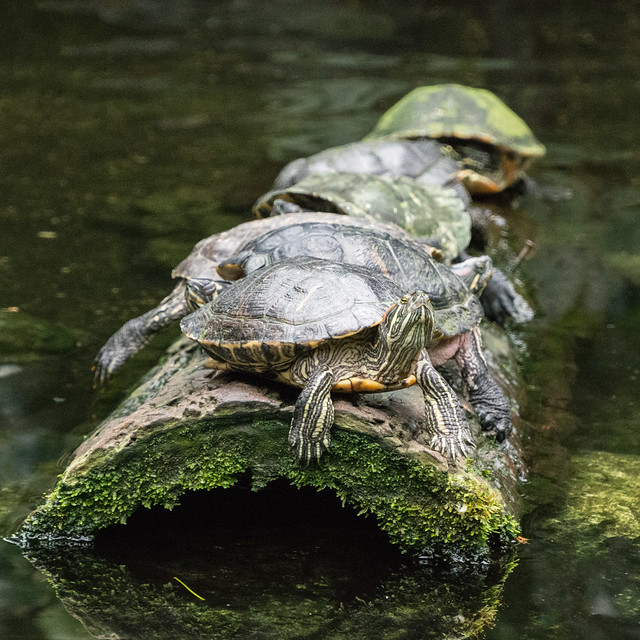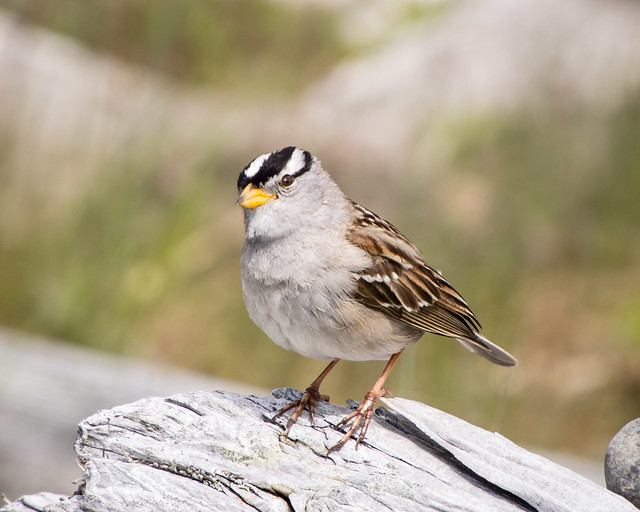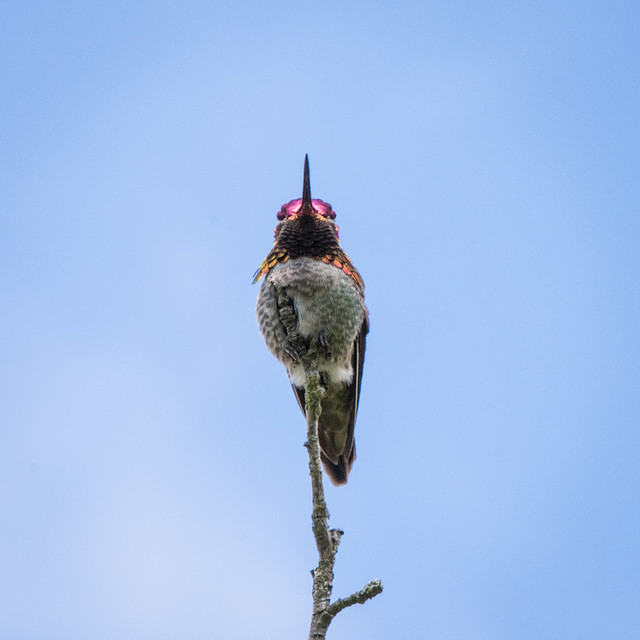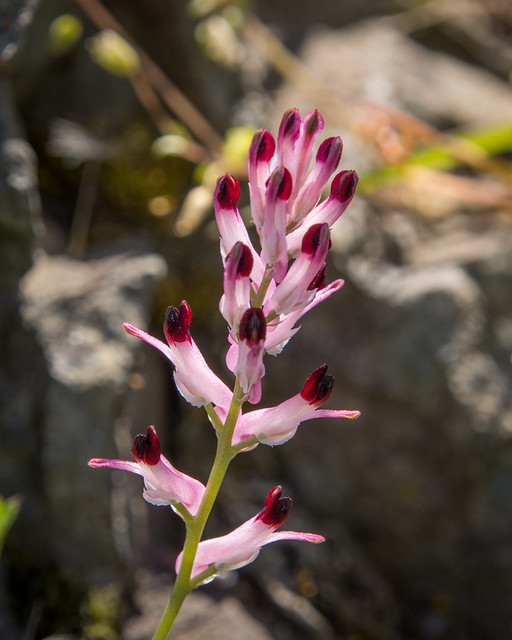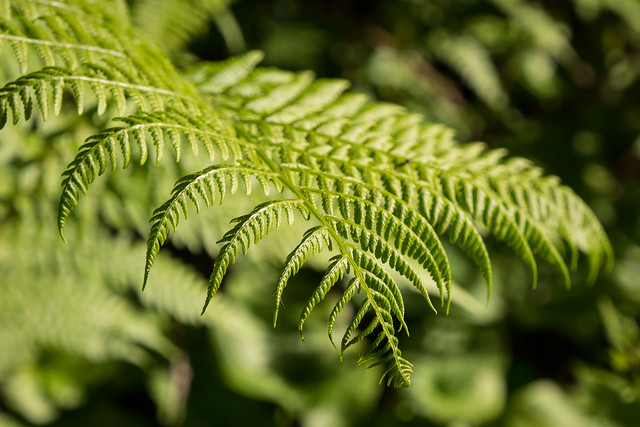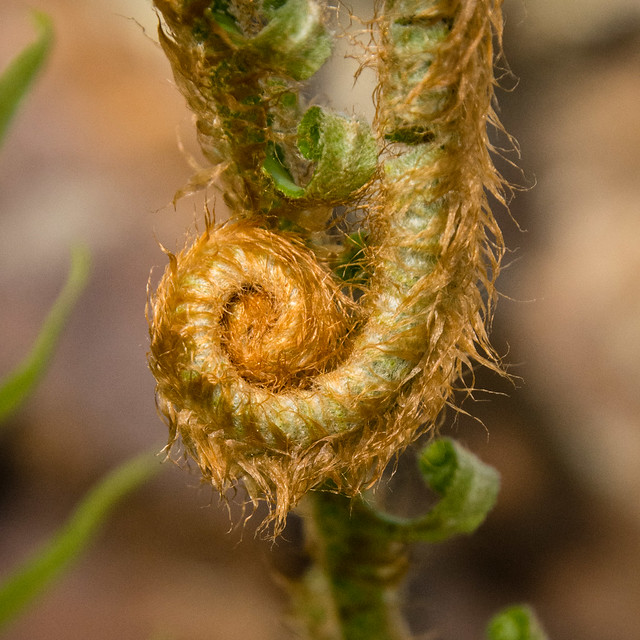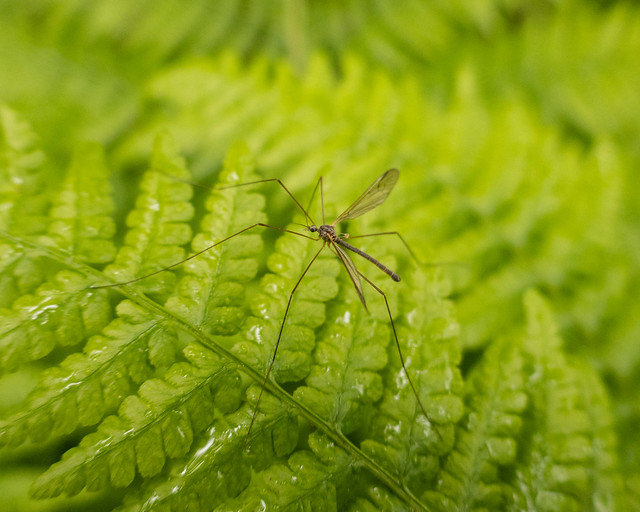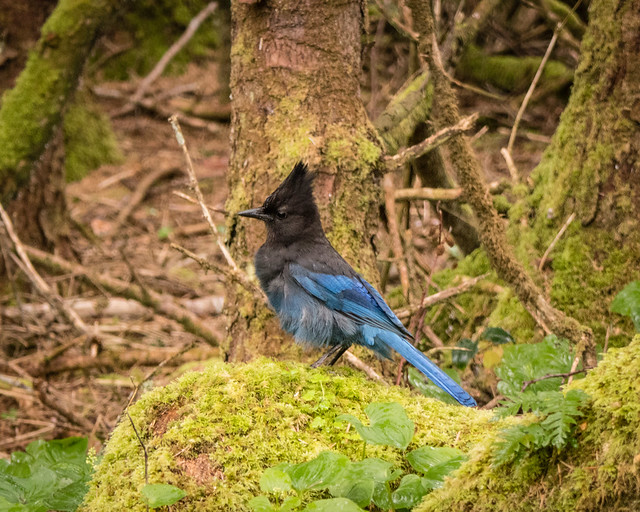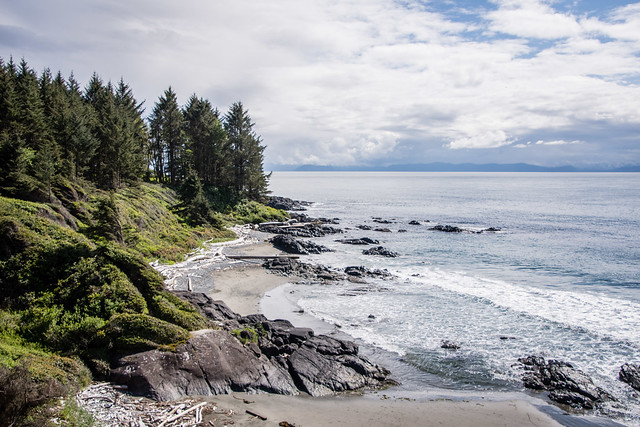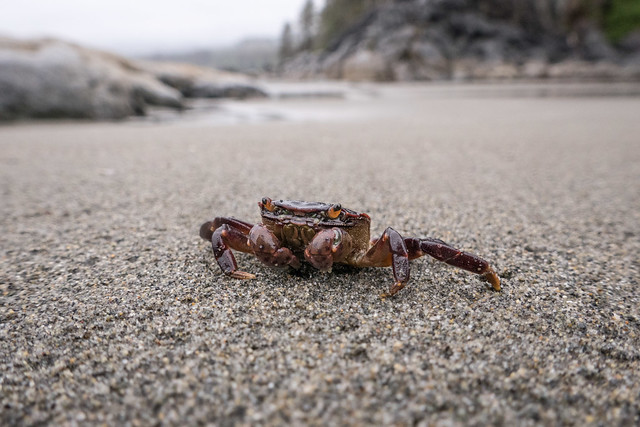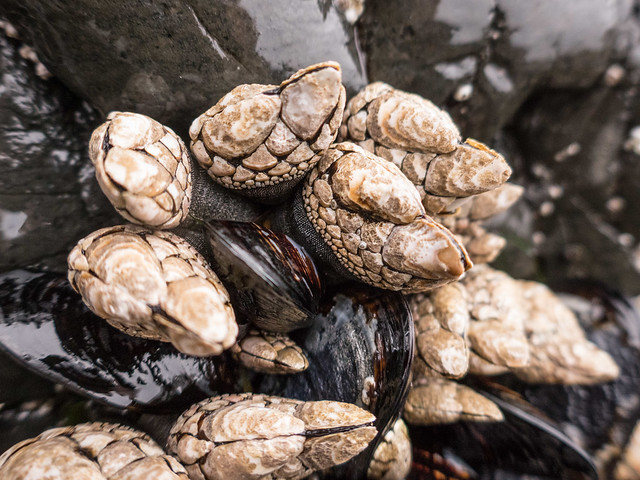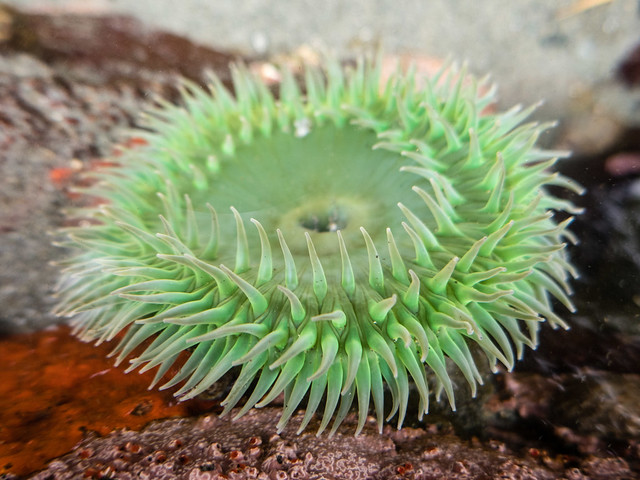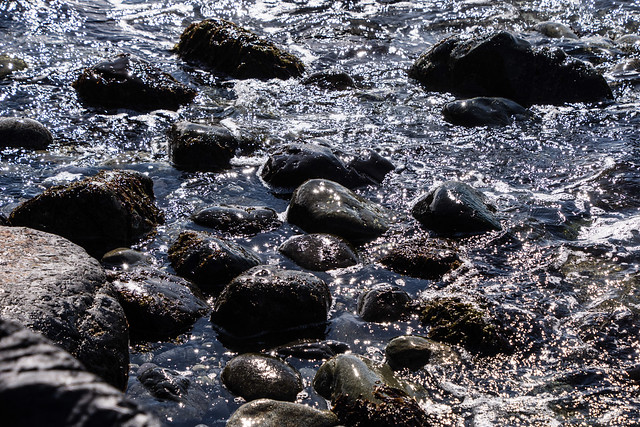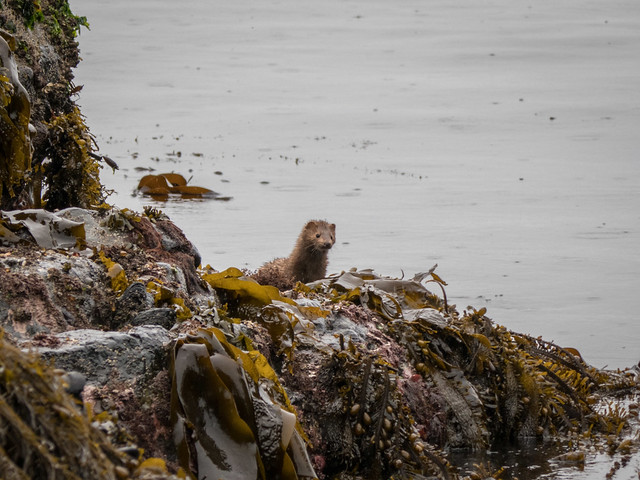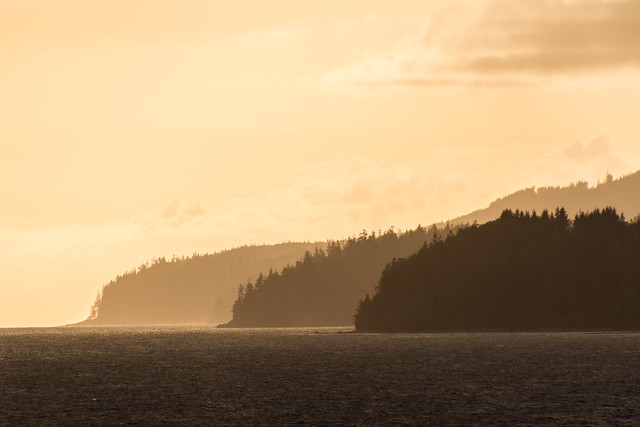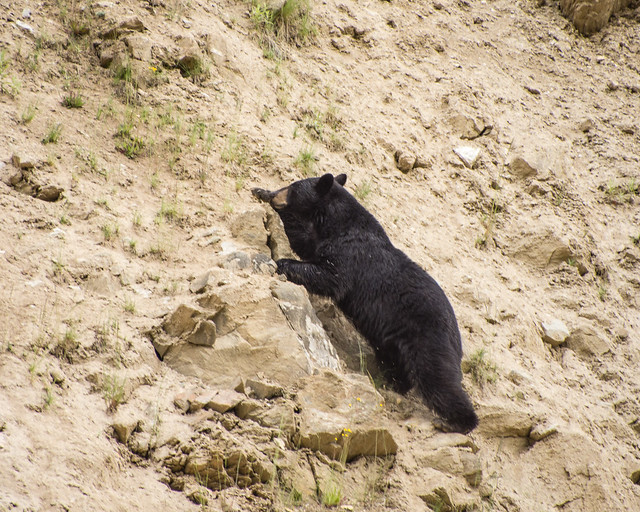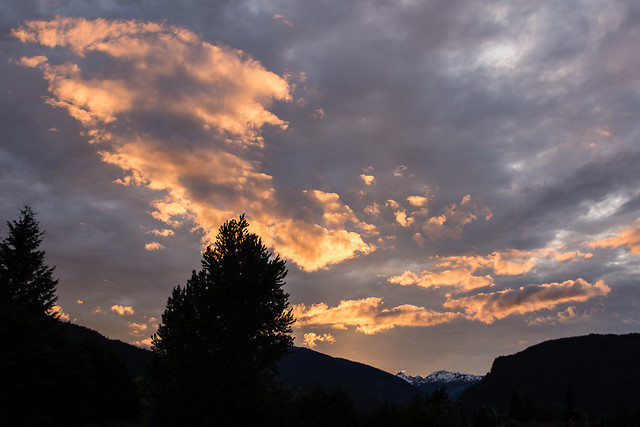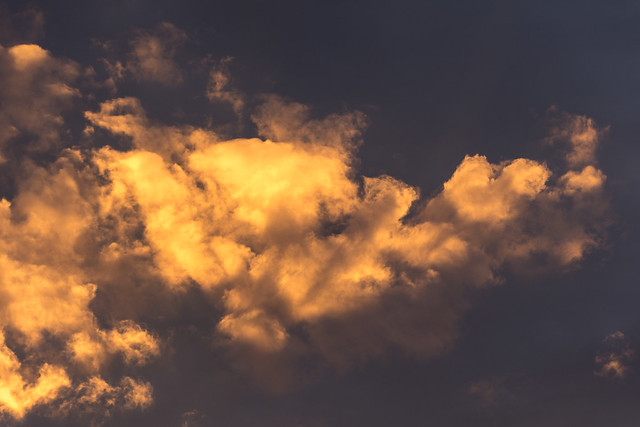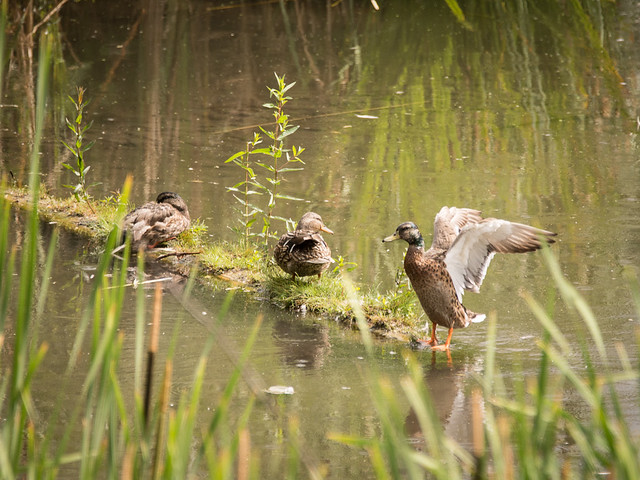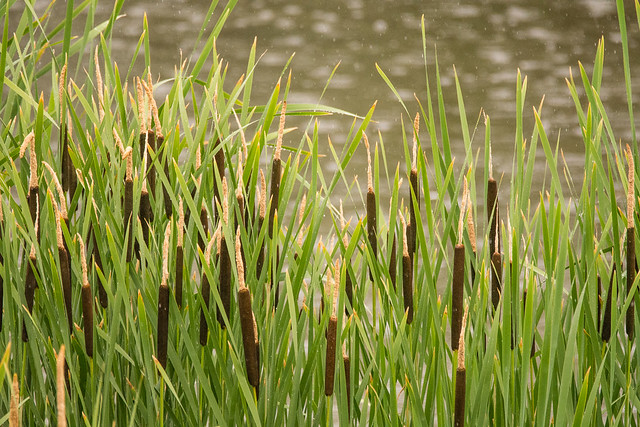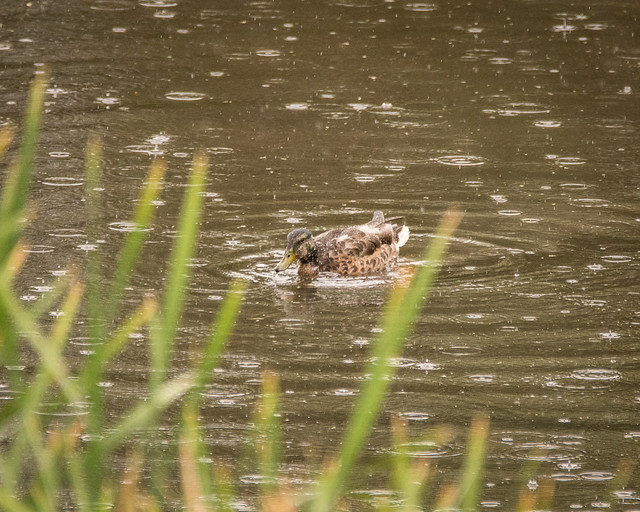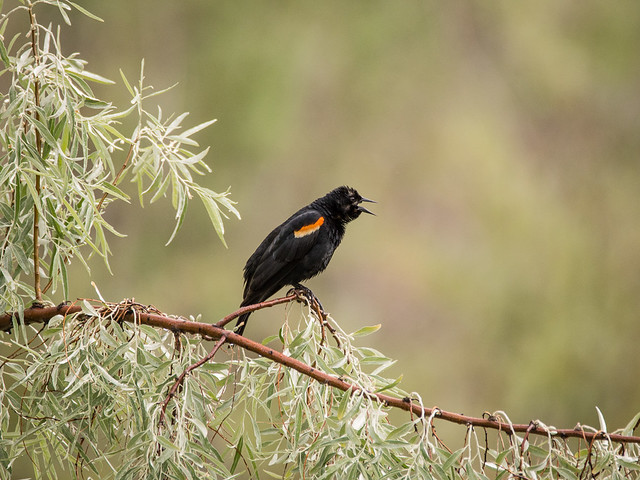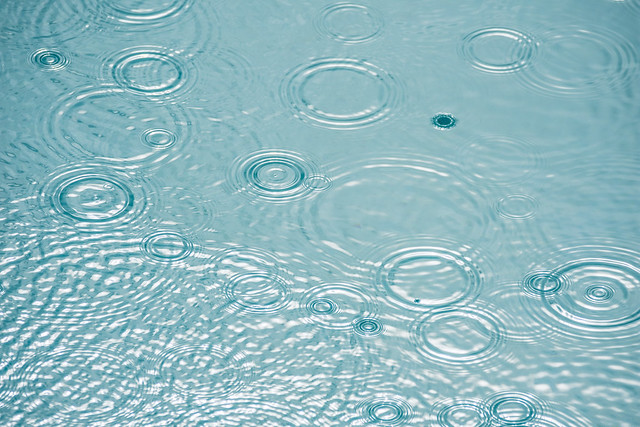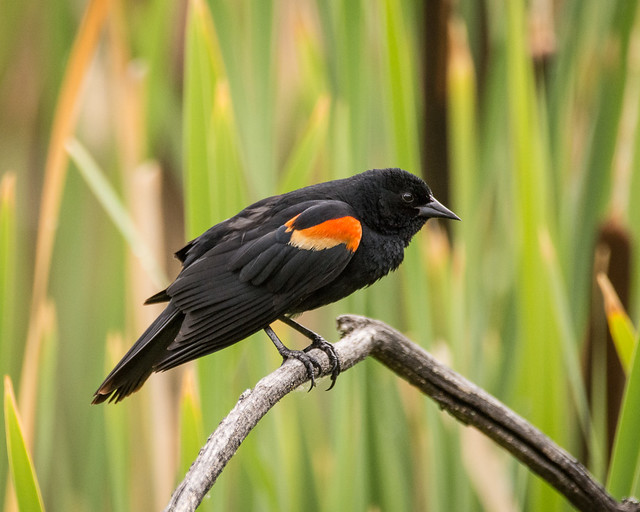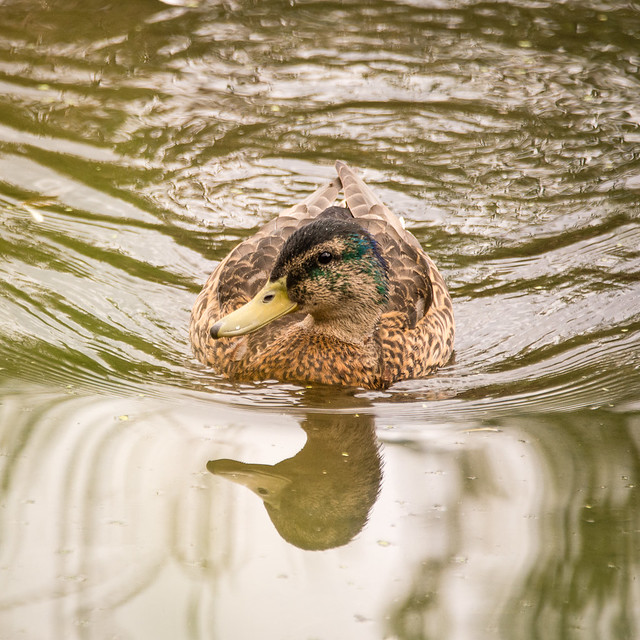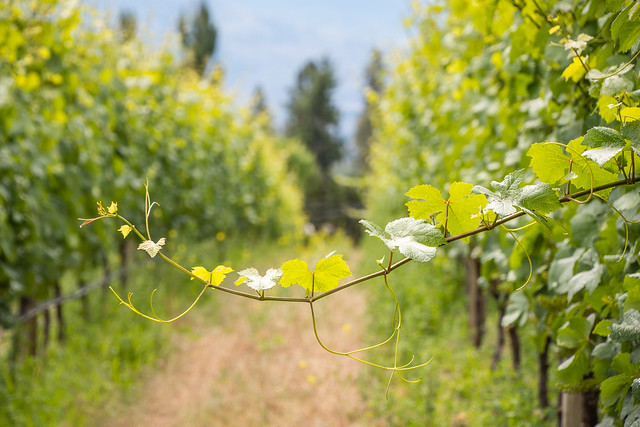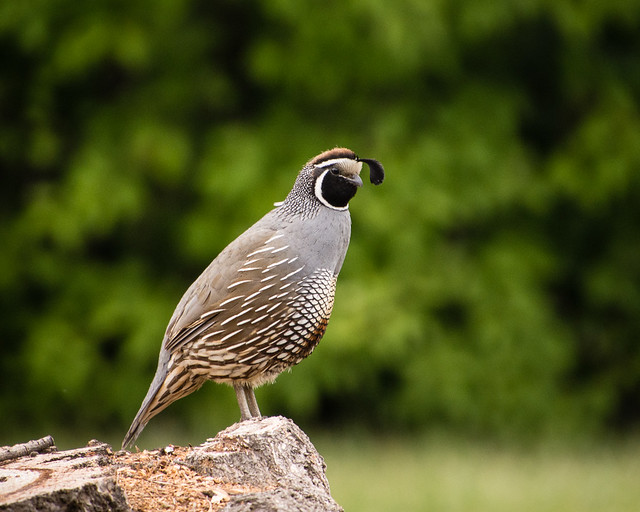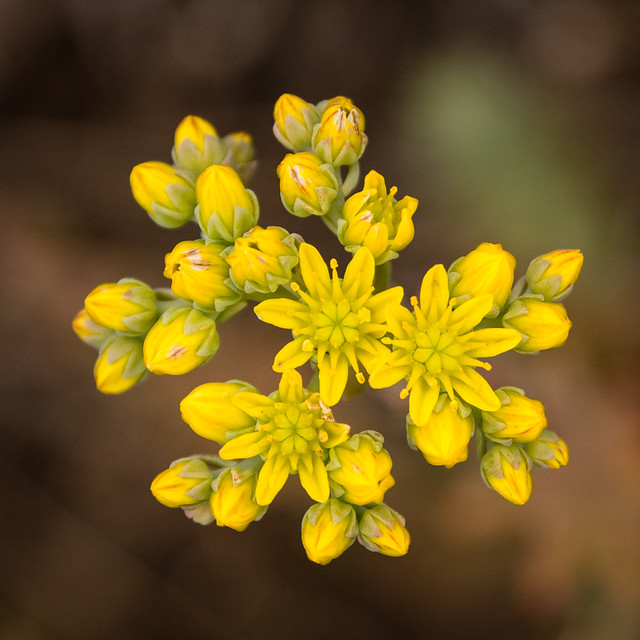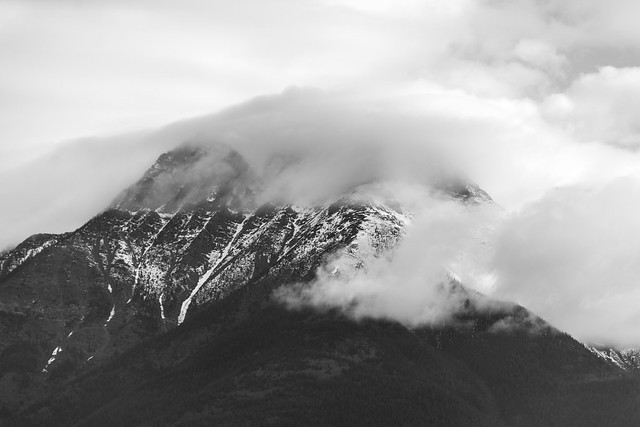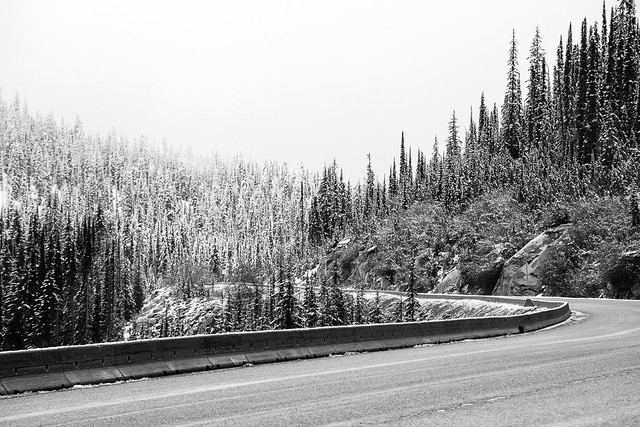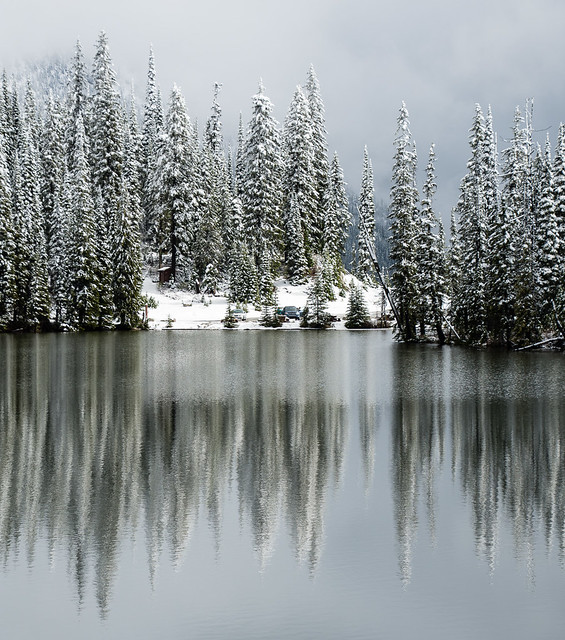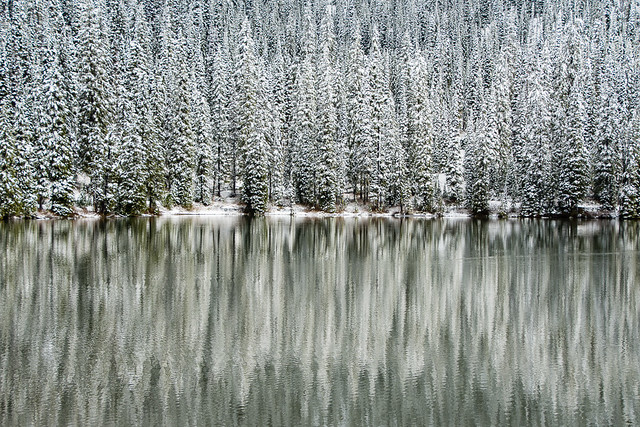
We just got back from three days at Air Adventure Flight School in Drayton Valley, Alberta (an hour south east of Edmonton). We really enjoyed our last visit learning how to operate tows so we thought we'd come back for a little more training and flying. Claudio, the instructor, has a wealth of knowledge and experience and is a great teacher.
We assumed we'd be able to work on some high wind kiting, but for once on the prairies the wind was very light. But that was ok because the conditions were great for flat land thermal flying. I was pretty happy with getting four flights over an hour long in three days. And we also worked on our landing accuracy, not so critical on the prairies, but important in the mountains.

The first day, I had an hour and a quarter flight. I could have stayed up longer but everyone (including me) wanted to get some lunch since it was 3:30. Humorously, I had trouble getting down due to a big thermal right over the landing area. Eventually I had to use big ears (pulling lines to fold in the tips of the wing) to get down.

The second day Shelley got towed up first and initially it looked like it might be a short flight. But she managed to find a thermal and stay up. By the time I towed up she was well above me. I headed over to where she was to catch the same thermal. Linking up the clouds I stayed up for over an hour and a half this time. A slight misjudgment put me inside a cloud for a few minutes which was a bit disconcerting but up high over the flatlands there are no mountains to run into so I just flew straight till I came out again. (Thunderstorm type clouds would be another story but, as you can tell from the photos, these were fairly benign clouds.) It was fascinating to watch the clouds swirling around, forming and dissolving, especially when you got up close beneath them. I spent most of the time studying the clouds above me and ended up with quite a sore neck from looking up all the time.
Considering how many photographs I take on the ground, I'm terrible at taking photos in the air. When I'm flying I just like to concentrate on the flying. Although I carried my camera on a few flights I only pulled it out once, when I was on a long smooth glide between clouds.


Eventually I landed back at Air Adventure for a bathroom break and to quickly grab something to eat and drink. And then went straight back up again. As soon as I released from the tow I headed east for the only cloud in reach. Once you get off tow the clock is ticking. Either you find a thermal quickly, or all you get is a short 10 minute glide back down. It was a minor gamble - if I didn't find any lift under the cloud I wouldn't make it back and I'd have to land in some random field (no big deal). But I lucked out and caught another thermal back up. Once you get up higher, the thermals are larger and you're closer to the clouds so you can find them easier. Often it's the first climb that's critical to getting a decent flight. In addition, counter-intuitively, it's actually safer up high since if something goes wrong you have lots of time to fix it or deploy your reserve parachute.
The last day was a bit of a gong show for me. I launched first and I soon as I left the ground I realized that the unusual silence meant I had forgotten my vario. This is a flying instrument/computer that tells you your altitude, and more critically how fast you are sinking or climbing. It beeps to tell you this so you don't need to constantly look at it. And this beeping becomes something you automatically depend on. Without it, and away from the ground or any other reference points it's actually quite hard to tell whether you're going up or down, which is obviously key information! They say flying without a vario is good practice to get more in tune with the feel of your glider but never having tried to thermal without one, I wasn't too confident. (Note: it wasn't dangerous, it was no problem to glide down and land, it was only a matter of whether I could find the thermals and climb in them without its help.)
Luckily, I realized I wasn't totally without instruments. I wear my Suunto (Ambit 3 Peak) GPS watch when I'm flying, so I could switch it to altimeter mode. It doesn't respond as well as the vario, and doesn't have any audible tones, but at least I could get an idea of how high I was and whether I was sinking or climbing.
I headed for the nearest cloud. The edges of a thermal are often bumpy due to turbulence so that was the first clue. But just because you get bumped around a little that doesn't necessarily mean you've found a thermal. After a bit of searching, and getting lower and lower, I found a climb and managed to gain enough altitude for breathing space. In the end I managed to stretch the flight out to over an hour even without my vario. We were expecting short warm up flights because it was still early for the thermals and not many clouds yet. So I also hadn't dressed as warmly as I should have. It's cold up high, just like it would be high in the mountains. And, of course, you have a constant 35 km/hr wind from flying which makes it even cooler.

One of the tricks with this kind of flying is to watch for hawks and other birds circling and climbing, meaning they've found a thermal. (Which they are much better at than us!) But for some reason there weren't many hawks in the air with us. Another clue is dust or fluff being lifted up by a thermal. I did see some of that, but usually only after I'd already found the thermal. On the ground there was a plague of grasshoppers and occasionally one of them go flying by, having been lifted up by a thermal, which is pretty amazing when you're thousands of feet above the ground! (My high point was about 2300m / 7500ft, which was 1500m / 5000 feet above the ground, i.e. roughly a mile up.)
Why are we chasing the clouds? Because they're usually where the thermals (i.e. rising air) are. The sun heats the ground, which warms the air next to it. Eventually, that warm air rises. When it gets high enough it cools off and condenses into a cloud. But thermals don't last forever. Once the source of warm air ends, then there's no more thermal and the cloud will dissipate. Chase one of these fading clouds and you'll find nothing. Instead you want to find the ones that are just starting or at least still growing. In the mountains the thermals often come off ridges or peaks, but you don't have that in the flat lands so the clouds become more key.
I landed, took a brief break, and then got geared up for another tow. Shelley went up and it was my turn next. Except there were mechanical problems. We ate lunch while the winch was adjusted and then headed back out again. Shelley said she'd go last as she doesn't stay up as long (famous last words!) Another pilot went first but didn't find any thermals and had a short flight. I went next and, as before, once off tow headed straight for the nearest cloud. But this time I found nothing :-( Either the thermal below that cloud had ended or I just didn't find the right spot. By the time I gave up I had just enough height to glide back to the landing spot. Shelley was just taking off and had a great flight - finding thermals and cruising around for 45 minutes. That was the last tow of the day so I watched from the ground jealously. I think the real "reason" I sunk out was because I was starting to think I had a handle on this thermal flying!

Despite the frustration when it doesn't work out, I like the challenge of thermal flying. It suits my analytical mind set, and yet since you never have enough information and can't actually see the wind or thermals, it's also a guessing game. And the reward when you get it right is that you get to stay up and fly longer :-)

For a more polished video, check out Shelley's
